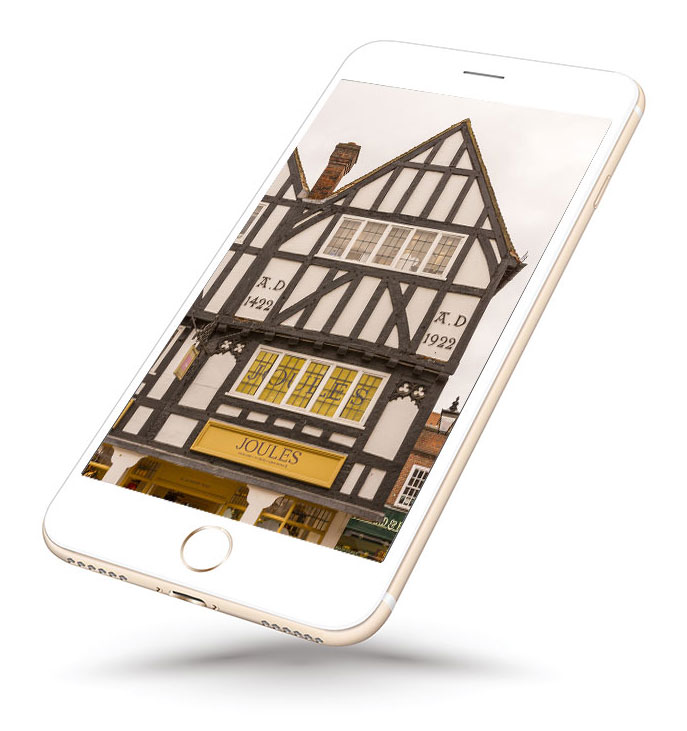Retail stores need to be integrated with mobile:
The future for stores is m-stores
Mobile commerce (or m-commerce) is the leading sector of online retail. It’s the term used to describe sales made on smartphones and tablets. Early last year, IMRG (Interactive Media in Retail Group) reported that m-commerce has become accountable for the majority of online sales – and its share continues to grow.
Online retail changed our high streets and malls forever. We can all recite a long list of household names that didn’t or couldn’t adapt fast enough to the sweeping changes brought about by online retail. And yet a growing number of formerly internet-only retailers (‘pure play’ businesses or ‘etailers’) – Amazon included – have more recently opened physical stores, raising hopes that the high street may not be dying, just changing.
Leading retailers have come to understand that physical stores do offer customers an experience that online can’t provide. And yet online retail is pressing store owners hard for change. So, what, as a customer, are the competing merits of each?
In store
Clearly, you can immerse yourself in product in store in a way that won’t ever be possible online. You can touch it/try it on/check it meets your needs. You can also chat face to face with someone knowledgeable about the product/use/activity – live chat isn’t the same. This latter point ties in with the view that there is a valuable social element to shopping in stores (an aspect that mall owners around the world are investing heavily in). And perhaps most importantly for retailers: You are more likely to notice and purchase items you hadn’t planned to buy.

Online
Product searches online can be very focused and fast – with little time wasted on distracting displays or other customers in your way. Clever application of your shopping history enables retailers to personalise your experience with relevant content and incentives to buy. When you can see that an item is in stock it increases the likelihood of a purchase. Price and product comparisons are easy and delivery is generally very convenient.
Being online and going into stores each have their strengths and weaknesses. Customers, quite rightly, want the benefit of both. Leading retailers understand this and know that a well-planned and executed multichannel strategy integrates store and online experiences (with emphasis now on mobile). For those businesses whose product can be offered or supported online (name ten that can’t), the opportunities for sales growth by integrating store and mobile aren’t just a nice-to-have, they are rapidly becoming the only route forwards. Combining the two ‘channels’ of store and mobile creates a fully immersive, ultra-convenient way to shop – and offers retailers the chance to gather, analyse and act upon data that was previously invisible to them.
Research shows both that retailers strongly believe in the future of physical stores and that those stores are boosting online sales:
In a recent article, Internet Retailing’s Paul Skeldon (internetretailing.net) cites a report* showing that 79% of retailers are prioritising their in-store sales over online retail over 2017/18. And British Land’s own commissioned research shows that opening a new physical store increases local online traffic to a retailer’s website by an average of 52% (84% for chains with fewer than 30 stores) – sustained for 15 weeks before settling to a higher level than prior to the store opening (source: retaildesignworld.com).
Summary
Stores that are already mobile-focussed are working to provide customers with real time stock visibility, enhanced product information, the ability to compare products whilst on the shop floor, real time offers, loyalty discounts and mobile payments (m-payments). Stores that have a hand-written note taped to the card reader notifying customers that it is, ‘Not contactless’, should be anxious.
The future for physical stores is a bright one. Customers love having an immersive brand experience as part of their spend, chatting to staff and seeing what other people are buying. They want to touch, hold and try out product. They want to check information on their mobiles to back up their decision-making, to share thoughts and ideas. They will bring their mobiles into your store and expect a seamless experience. They want to pay with their phones – make m-payments. Customers want all of these mobile benefits in stores. Customers want mobile integrated with stores. The future for stores is m-stores.
*Barclays Corporate Banking Online Retail Report, “From Browse to Buy: The Conversion Challenge” – based on the views of 300 senior retail managers, 2000 UK consumers and economic modelling
